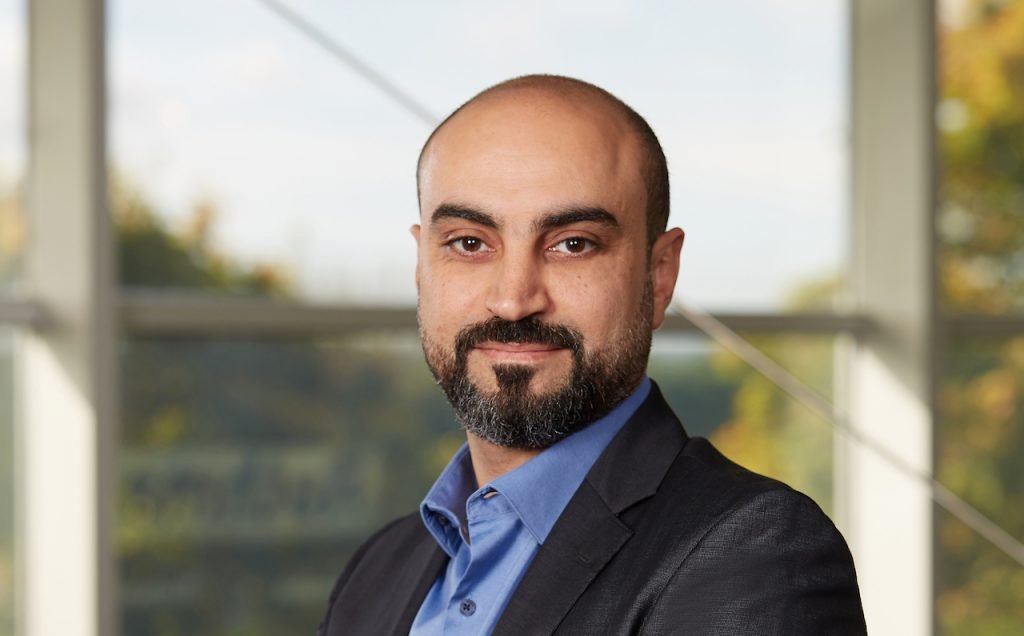Channel Post spoke to Mohamed Abukhater, the Regional Sales Director for MEA at FireEye to gain his views about what’s in store for 2018

What were the major technology and market trends in 2017?
This past year was a turning point for public cloud adoption – not just regarding traditional public cloud providers such as Amazon and Azure, but also with software as a service. This means people are really starting to put critical data into the cloud. We saw some of the largest companies in the Middle East implementing major cloud initiatives where they have had to successfully migrate one or two critical applications. This is also in line with the introduction of AWS bringing its infrastructure to Bahrain which opens by early 2019.
How has 2017 been for your company and business?
2017 was a very important year in shifting towards cloud adoption and management of it. We were able to work with some very big organizations especially in the government and the financial sector. One key achievement was hitting 100% market share in the financial sector in one of the biggest GCC countries.
Moving globally, FireEye managed to shift into a new era with the introduction of Helix which is an end-to-end detection and response system designed to surface unseen threats. This new service was well received in the region as it will help organizations to minimize operation cost and be ready to tackle cyber breaches instantly.
What were your major changes FireEye has bought in the year 2017?
One of the key emphasis for FireEye is to work with mature partners across the Middle East. One of the main approaches is to have a senior leadership in place to grow the channel division in the main markets.
Keeping that in mind, we hired a new channel leader across the Middle East and Africa region and his mission is to build a robust channel ecosystem through our distribution partners. We will also be focusing on building strong relations with MSSP providers in the region such as Etisalat and Du to facilitate our security offerings.
Did you enter / expand your products or operations into new markets in 2017?
We had some major product expansions in this year. The main product launch being Helix, which is an end-to-end detection and response system designed to surface unseen threats and empower expert decisions with frontline intelligence. It collects event data from FireEye and non-FireEye components of a security infrastructure and overlays frontline intelligence, rules, and analytics to give organizations the context to determine which threats present the greatest risk and how to subsequently respond.
We also announced major software releases and next-generation hardware, adding new and expanded capabilities to extend FireEye’s cybersecurity threat detection – to further reduce costs and increasing flexibility for our customers. To address the issue of post-breach attacks and insider threats, we unveiled FireEye Network SmartVision – a new capability that leverages a machine-learning framework to detect suspicious lateral threat movements and data exfiltration. This capability is designed to provide customers with greater detection and expanded visibility across their perimeter and now network core and servers.
How was the technology market in general in 2017? Was there any increase in business?
The technology growth has long focused on the consumer—and that continues. But as enterprises in every industry sector look to technology to facilitate their own transformations, the opportunities for technology companies have broadened considerably.
The Internet of Things has only just begun to reveal its capacity and reach its full potential. As result, cybersecurity products and services have seen an exceptional growth with a bright 2018 ahead. In the region, FireEye saw an increase in 15% growth compared to 2016. We also noticed a big surge in the requirement of our Mandiant services to provide a security insurance.
Do you believe any technology buzzwords from 2017 will really kick-off in 2018?
There are few technology buzzwords that have reaped in 2017 but will continue to flourish in 2018: One is Ransomware, malware analysis is an important part of preventing and detecting future cyber-attacks. Using malware analysis tools, we can analyze the attack lifecycle and glean important forensic details to enhance their threat intelligence. The second is Cryptocurrencies, as cryptocurrency continues to skyrocket in popularity, we expect to see much more malware targeting anonymous currencies such as bitcoin.
What are you expecting for the next year for the cyber security market?
Our labs bring information and insight on today’s advanced threats, here are two main cyber security expectations for 2018:
- Increase in cloud-based attacks and evasion techniques.
In recent years, we have seen an uptick in security technologies and infrastructure using cloud services such as Amazon Web Services (AWS), Azure, and more. We have also seen attackers leveraging these cloud services for various purposes, including to host URLs for phishing and to distribute malware. Hosting on known file sharing services and leveraging cloud service providers is useful for attackers because it helps them bypass the initial domain reputation checks performed by most security engines. - Increase in Internet of Things Attacks by Exploiting Vulnerabilities
We saw many attacks into the Internet of Things (IoT) in 2017 beyond those involving the popular Mirai, a malware that corralled CCTV cameras and routers into a large botnet by exploiting weak passwords. One such example is Reaper, a malware that exploited vulnerabilities in IoT devices to gain access and spread itself. This coming year will likely bring a new level of sophistication in IoT-based botnets, and we may also see attackers targeting certain IoT devices (smart refrigerators and home automation, for example) with ransomware. Additionally, we also expect to see more attacks targeting IoT devices at the enterprise level.
How do you foresee opportunities for 2018?
There are some major changes in the Middle East and Africa economy especially with regards to the political changes that are gaining interest of the region’s governments. This will lead to a strong opportunity with regards to cyber wars, more incentive for hackers looking for money gains who can shift the political needle to a certain interest.
Organizations will invest more in the cyber space and consider a more strategic and long-term agreement with specialized firms like us. The Smart Dubai initiative by the government is leading them to invest a lot in talent within the security space by offering training and seminars to the new and existing employees.
What sort of strategies do you have in place for 2018?
The channel division is one of the focus areas for 2018, we are investing in growing our channel systems across the region by looking at hiring credible talent to lead and grow this space.
Will you be investing more in terms of expansion of your market reach, programs, and general marketing?
Yes, absolutely. Africa is one of the key markets where we are in the process of putting together a dedicated team there. It is an emerging market for 2018 and is seen to be investing a lot in the cyberspace. Kuwait is another key market for us. We have recently expanded our team by hiring a local country manager who will be supporting our channel division and other government initiatives there.











